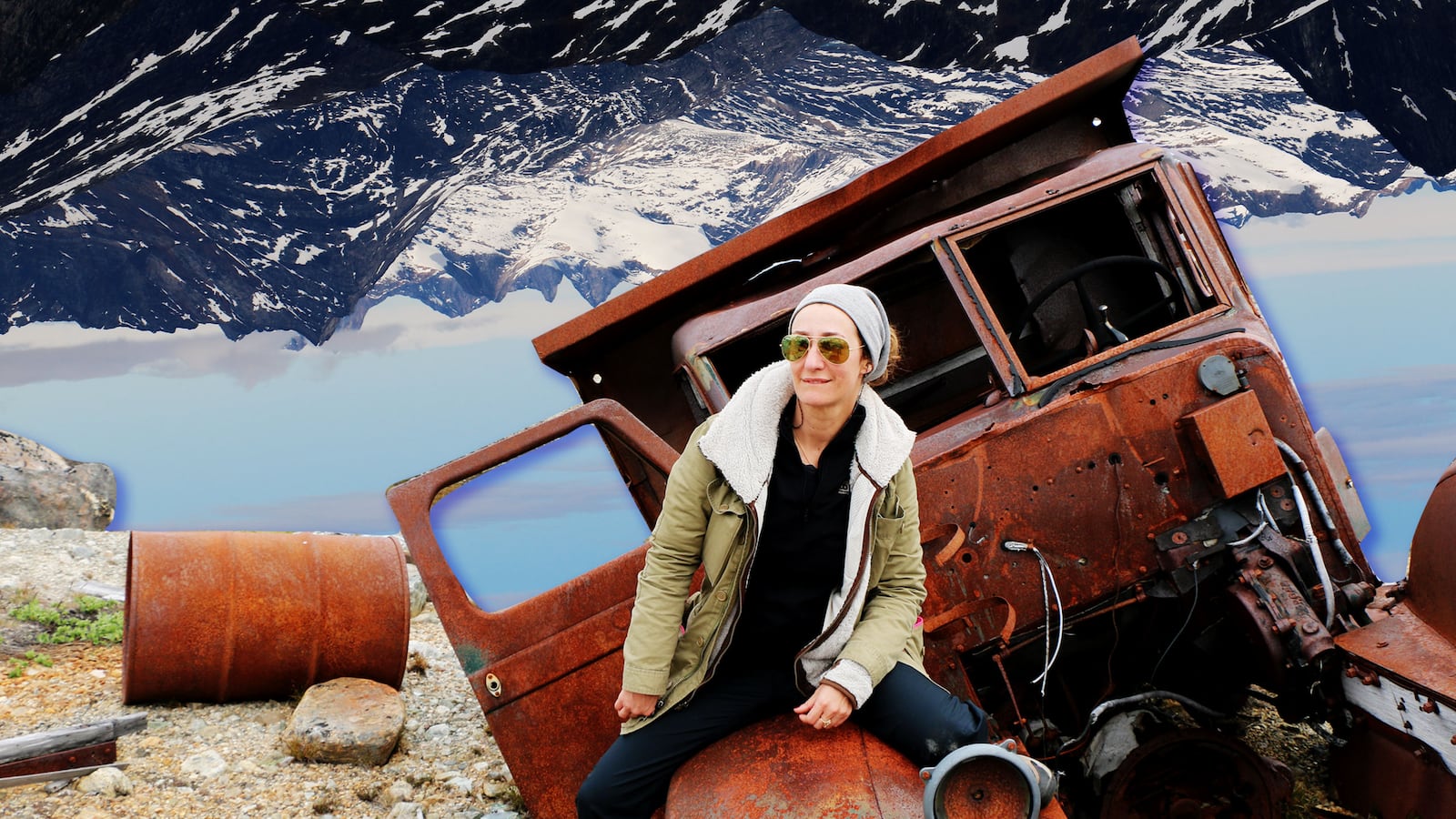Set in the brutally beautiful landscape of East Greenland, amidst jagged, snow-covered mountains and glacial blue fjords, is the ultimate environmental dystopia: the eerie, abandoned remnants of the famed World War II army base, Bluie East Two.
I visited the site in June during an arctic expedition with a Vintage Air Rally, led by Sam Rutherford, a former British army officer and military history buff. I was in the only plane that has landed at the site in more than twenty years—a 1952 Beech 19 aircraft owned by balloonists, Phil and Allie Dunnington—and what I found was deeply disturbing.
Just over an embankment above the runway, adjacent to a seemingly pristine fjord, are fields full of hundreds of thousands of rusting fuel barrels. The ground is spongy and you have to try and identify premade tracks in order to not fall into boggy holes or pierce your shoe with 70-year-old metal bits hidden in the deep, soft vegetation.
Streams in the valley around the heart of Bluie East Two run red with carcinogenic rivulets of rust and fuel deposits while the ground is strewn with industrial garbage. At the actual base, sinking into the earth are wrecked skeletons of air hangars, apartment blocks, and heavy machinery. Truck carcasses—stripped of anything useful over the years by local Inuits and the odd tourist—litter the ground at odd angles, as if the drivers got word of an imminent evacuation and, in a hurry to get home, literally turned the engine off and ran to catch the last plane back to America.
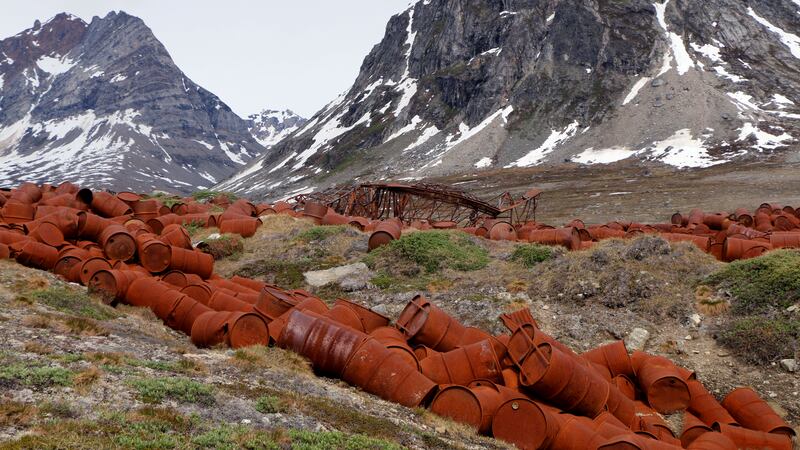
And that’s just what you can see with the naked eye—the soil is said to be contaminated with asbestos and lead while somewhere in the valley are rumored to be 700 pounds of undetonated dynamite.
The only signs of life are the occasional sea bird flying overhead or the polar bear tracks in the sandy ground near the runway.
It’s like roaming through a post war apocalyptic nightmare—or a scene from the psychological thriller Fortitude.
------
And it’s been like this for 70 years.
Established in 1942, after the 1941 Agreement Relating to the Defense of Greenland, BE2 was one of the larger American installations on the island, permanently housing more than 300 people. Primarily used as an alternate airfield for war shipments, a meteorology and navigation station, as well as a search-and-rescue support base, it was closed in 1947.
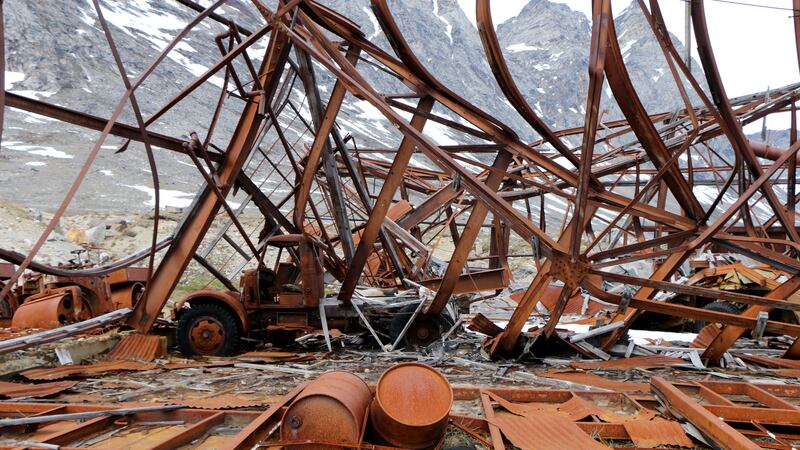
“The Americans turned out the lights and went home (leaving everything),” Rutherford told me.
In the ensuing decades, the ghost base became an environmental disaster that threatened one of earth’s last unspoiled wildernesses—and a focal point of a dispute between Denmark and the United States.
The United States, citing a clause in the 1953 Greenland Defense Agreement refused to accept responsibility.
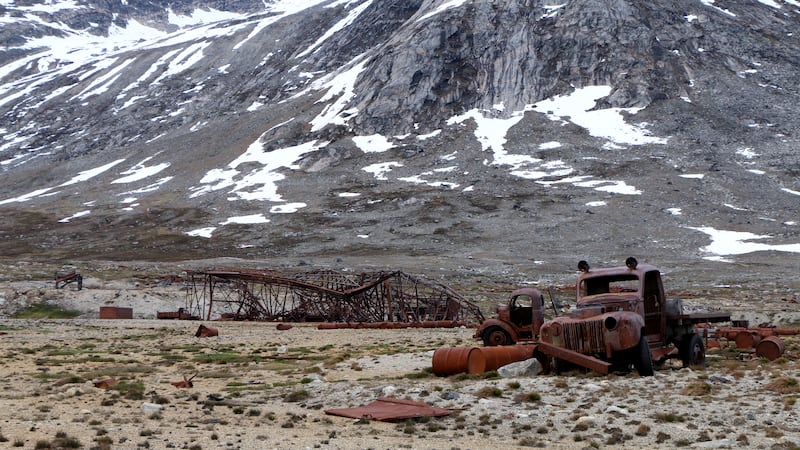
The clause states that any material or equipment brought to Greenland by the U.S. may be “disposed of in Greenland” and “any areas or facilities made available to the Government of the United States of America under this Agreement need not be left in the condition in which they were at the time they were thus made available.”
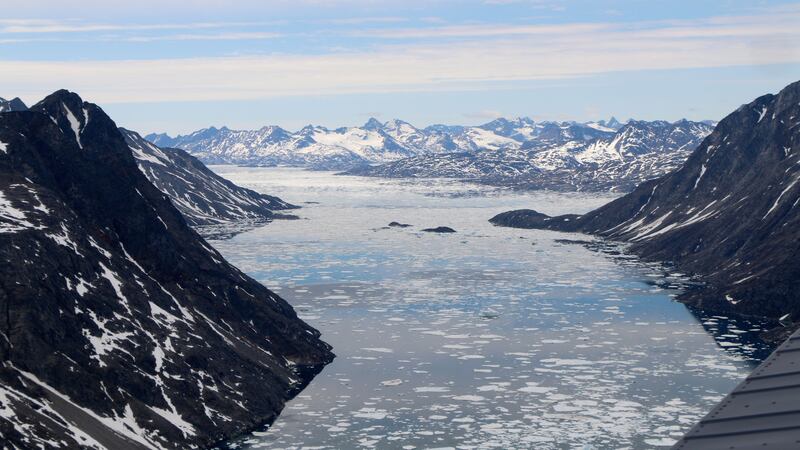
“Basically, the Americans stance was, ‘we paid for it to be built, kept it operational and helped win the war and liberate you, so you should assume some of the cost and clean it up,’” Rutherford explained. “It’s a fair point.”
One that the Danes finally agreed with. A month ago, Denmark committed to paying almost $5 million a year over a period of five years for the cleanup of Bluie East 2 and several other sites.
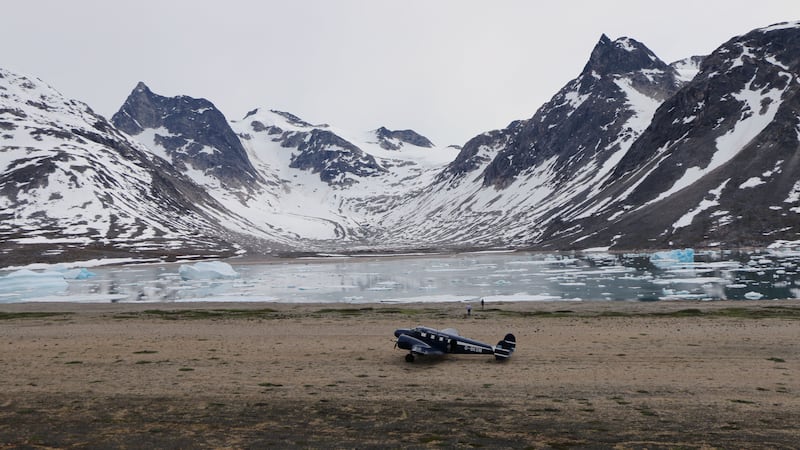
But the funds earmarked for the project may not be sufficient. The only way to safely access Bluie East Two is via boat, dog sled or helicopter, hampering the effort. Adding to the difficulties will be the state of the runway—much of which was soft, spongy and dangerous—and the fact that Camp Century, a sub-surface site in the north west of Greenland that is also part of the clean up package, involves nuclear waste.


